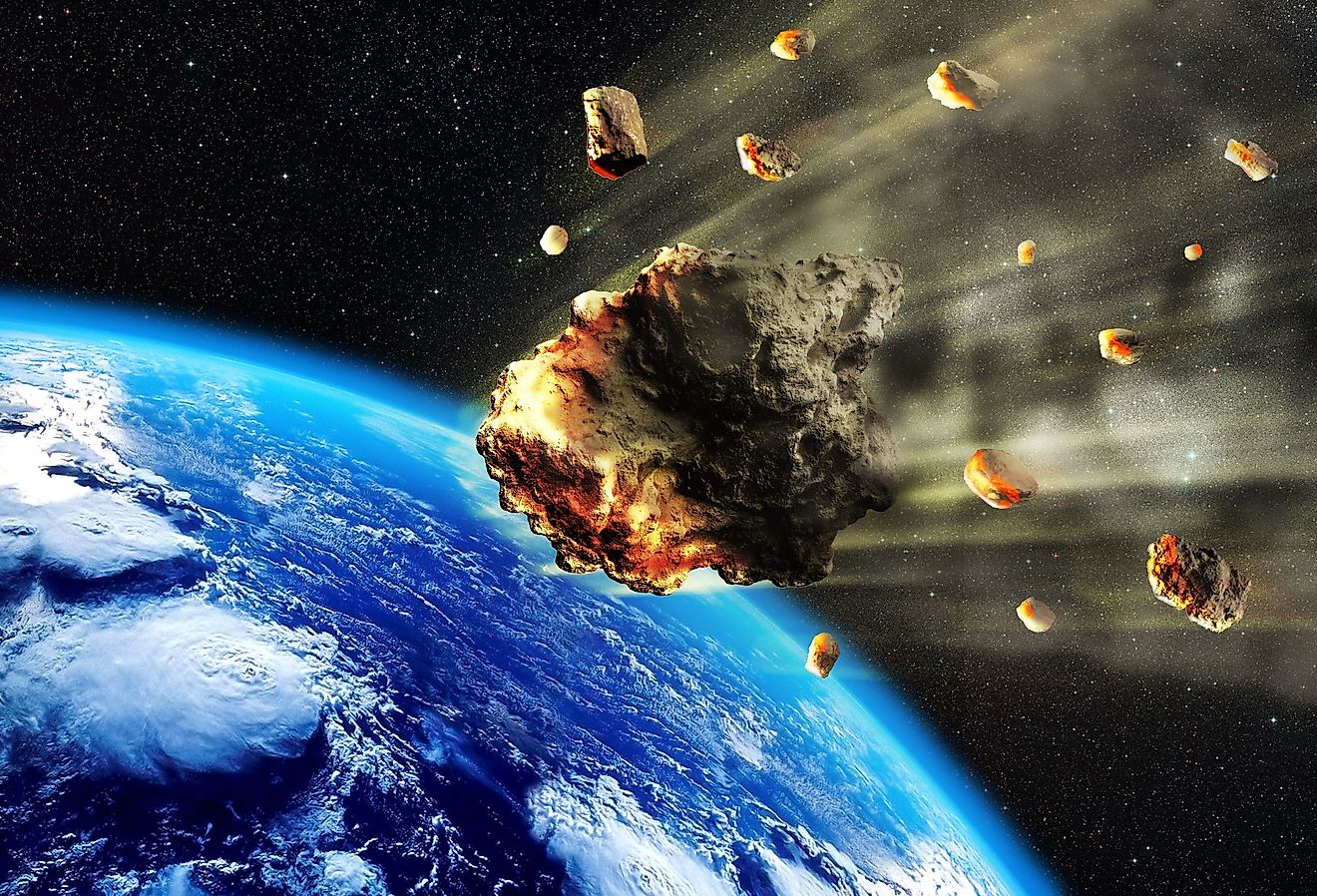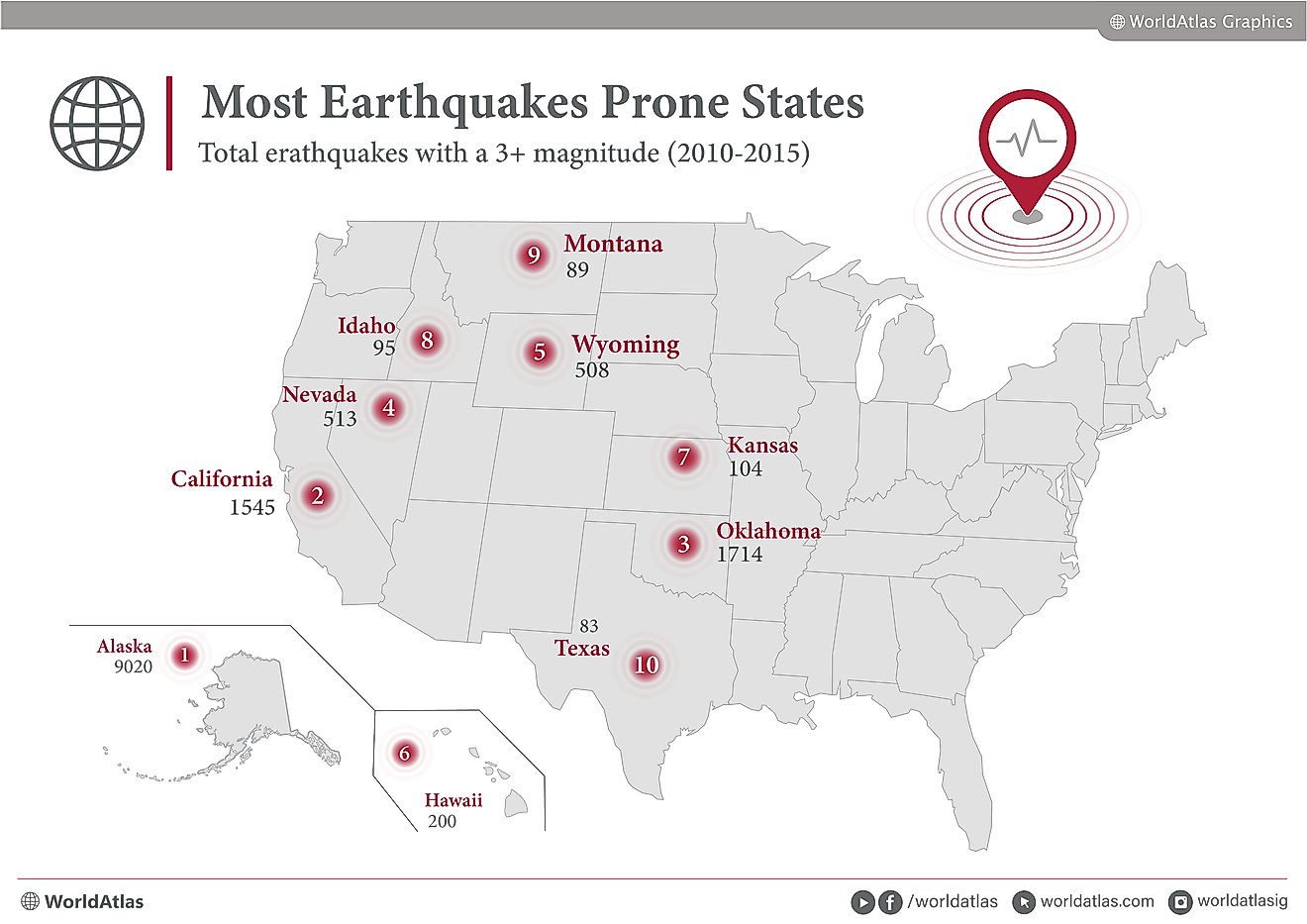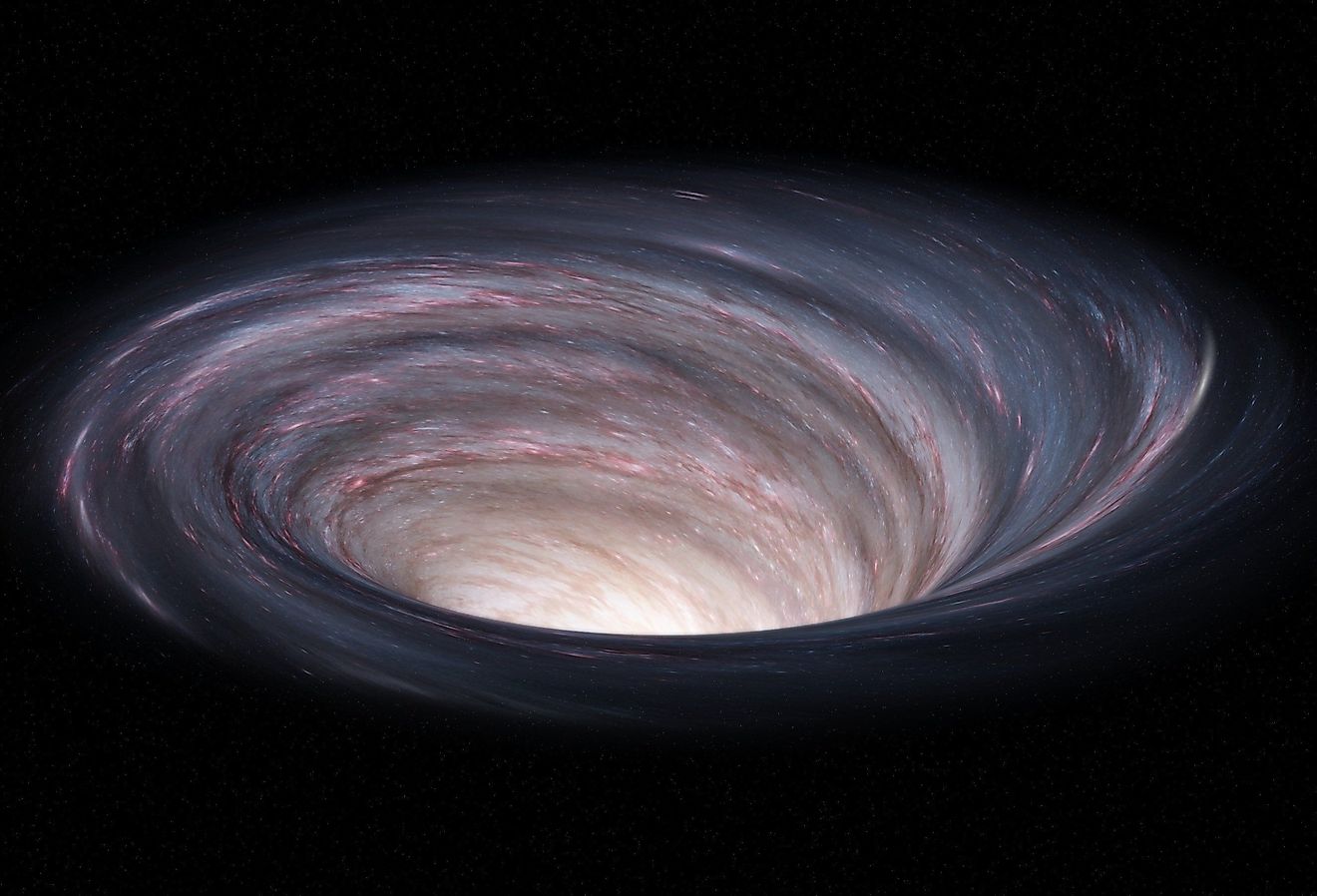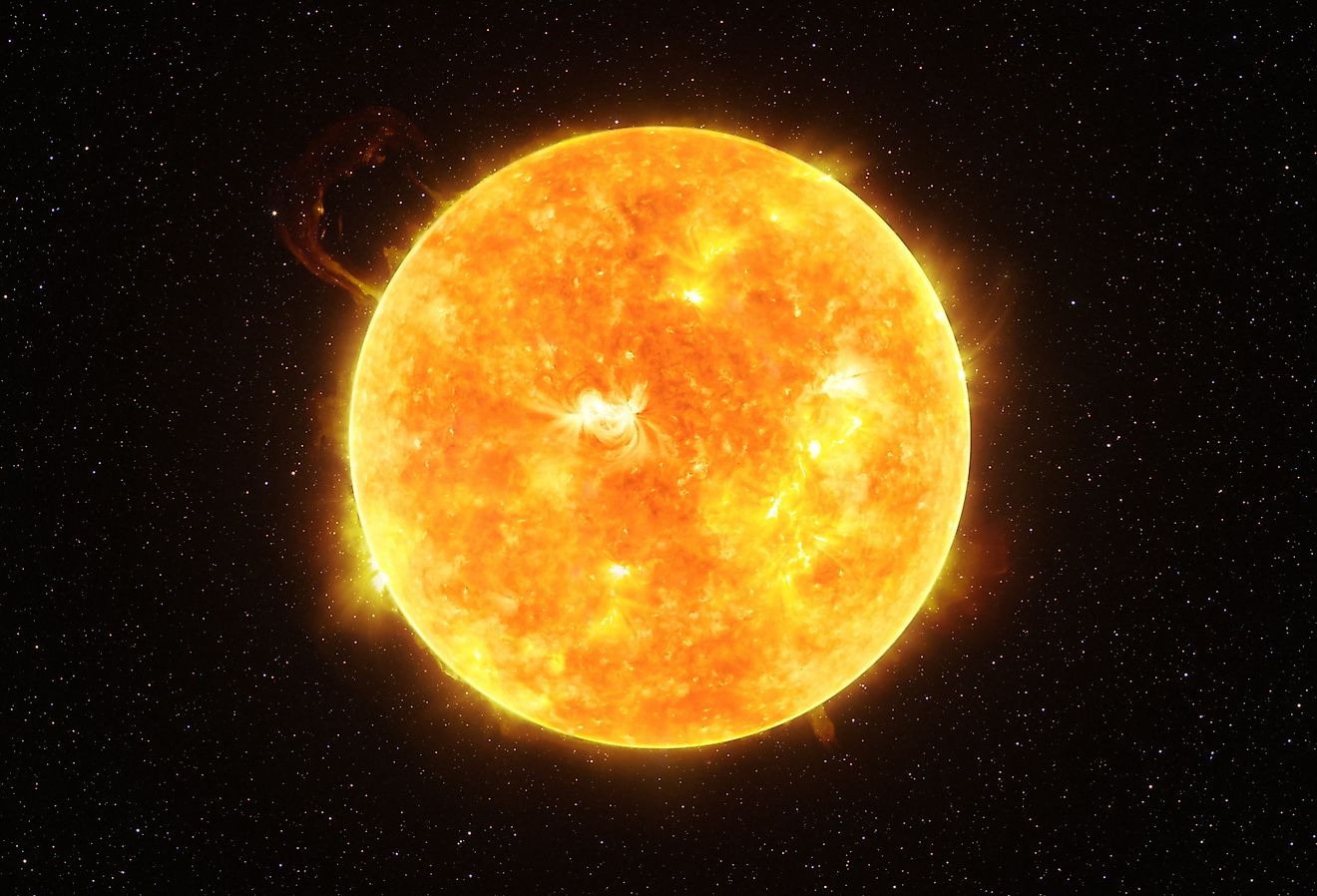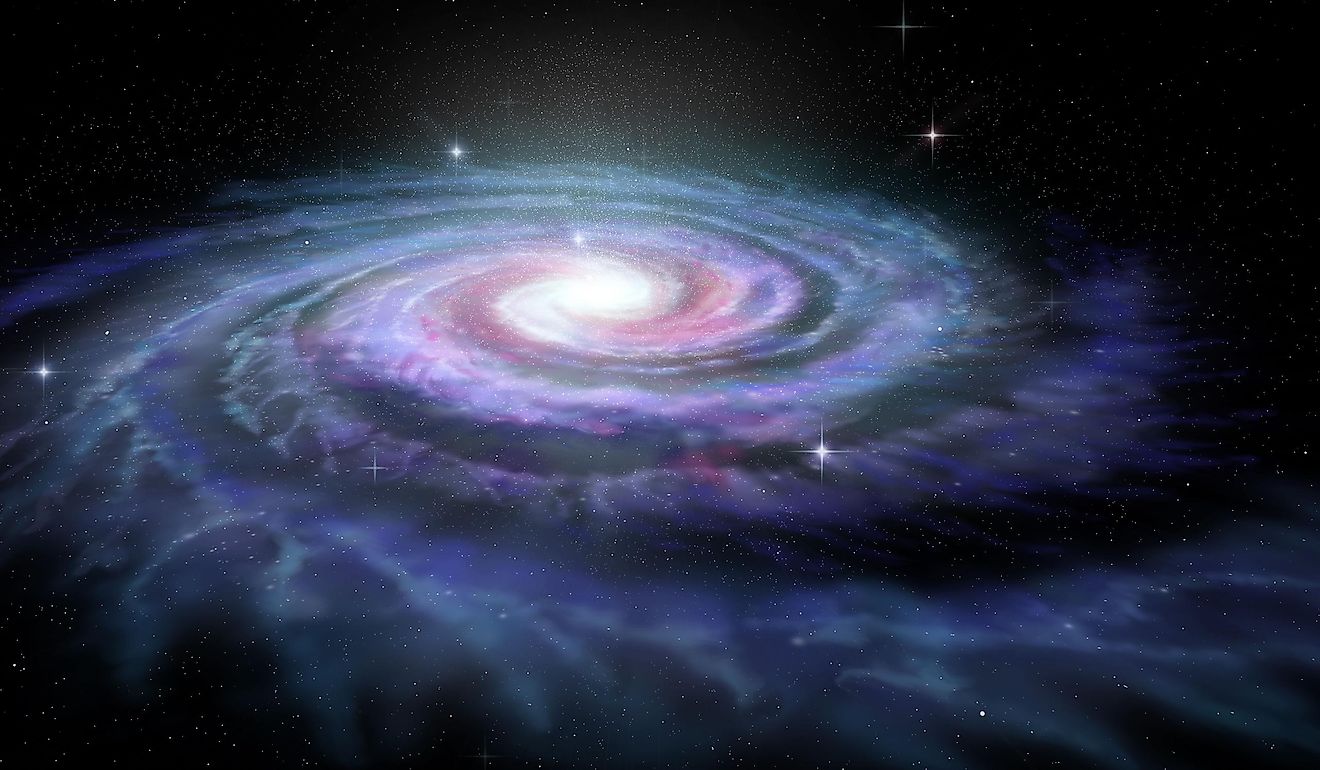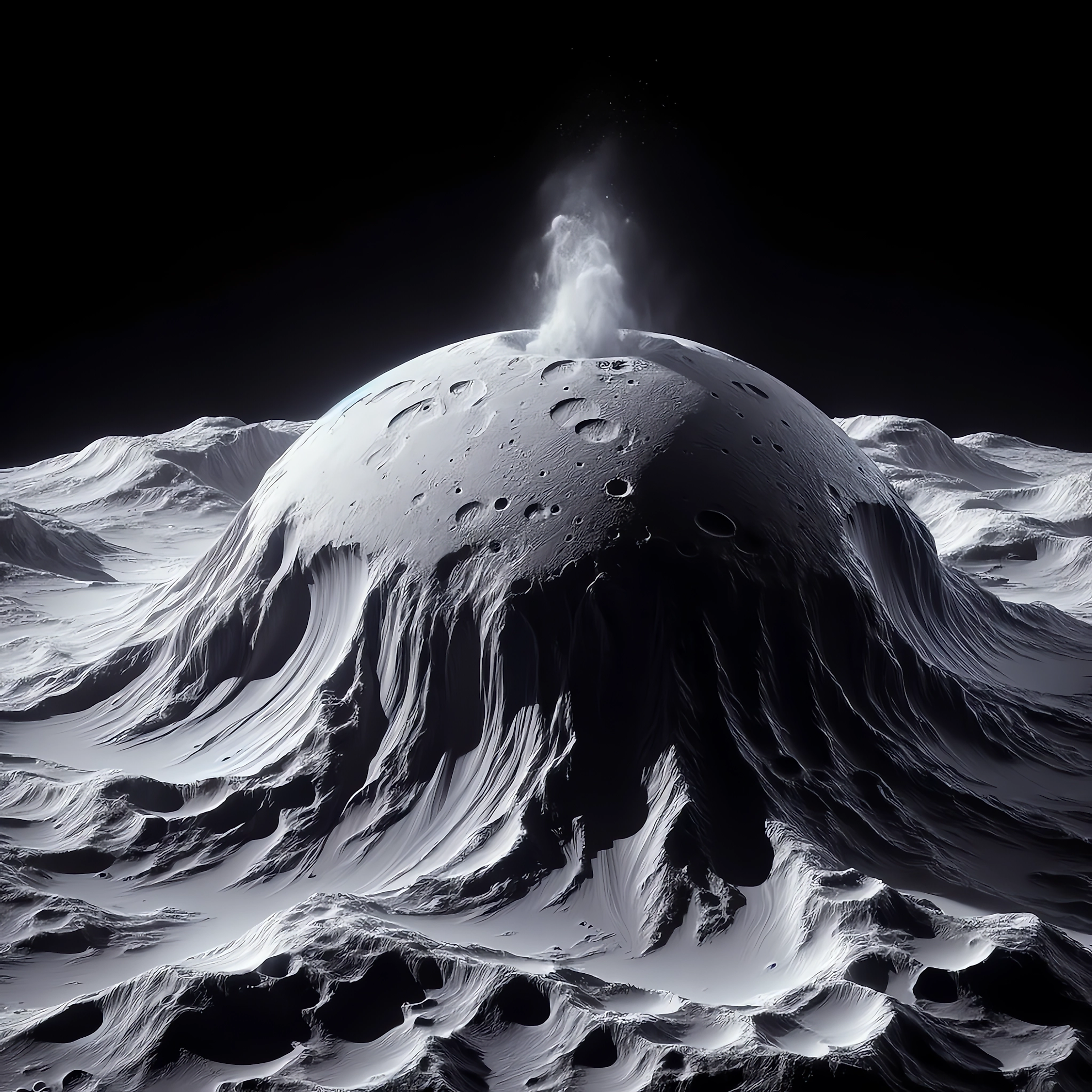
The Giant Ice Volcanoes On Pluto
Pluto is often overlooked since it is a dwarf planet, but it has some interesting phenomena on the surface. Over the past few year’s scientists discovered mountains made of solid ice with caps of methane snow on the dwarf planet. Researchers observed the mountains in photos from a NASA mission. They found them to resemble ice volcanoes, a unique occurrence. Their structure has now changed our understanding of the planet and given new hope for the potential for life on Pluto.
Discovery
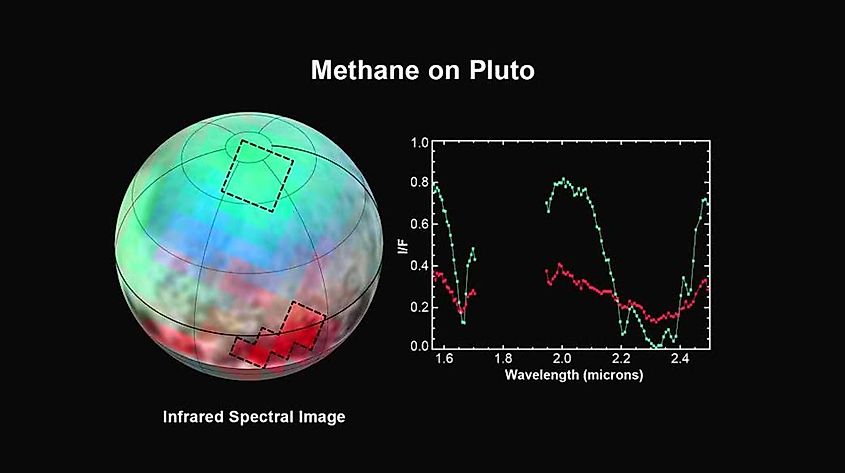
The ice volcanoes were first discovered by NASA's New Horizons spacecraft in July 2015. The spacecraft flew past the planet and snapped photos of the surface. The photographs revealed mountains made of solid water ice with caps of methane snow. The photos also showed a terrain of smooth plains of nitrogen ice. While studying the photos, researchers discovered some of the large mountain domes were in fact, volcanoes.
Characteristics of Pluto's Ice Volcanoes
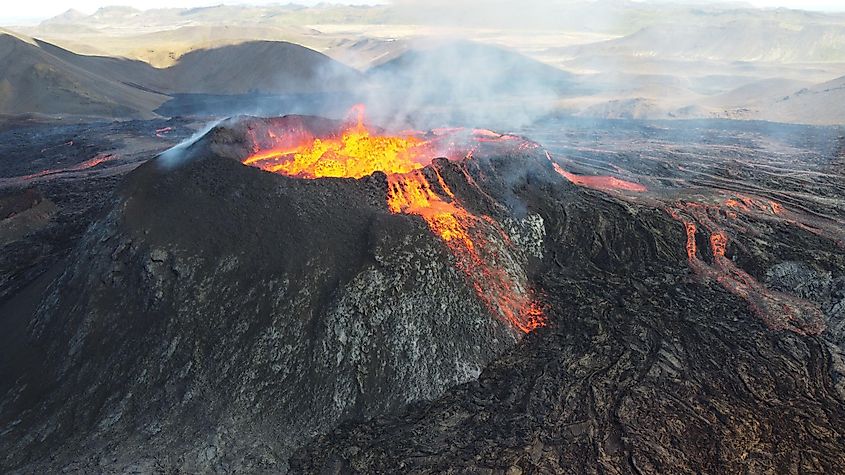
Scientists identified two prominent features of Pluto's Ice Volcanoes named Wright Mons and Piccard Mons. They are tall mounds of ice with rims as high as 3 miles above the surface. The Wright Mons structure is 3 miles high and 90 miles wide. It has the same volume as one of Earth's most daunting volcanoes, the Mauna Loa in Hawaii.
These ice volcanoes don't shoot lava into the air. Instead, they ooze an icy-water flow, similar to glaciers. The eruptions could also eject methane and nitrogen gas. While ice volcanoes are already thought to be on several cold moons, the ones on Pluto are unique. The dwarf planet's volcanoes span a huge field of multiple icy volcanoes that have a unique texture, rising and falling across the terrain.
Implications for Pluto's Geology and Internal Heat Source
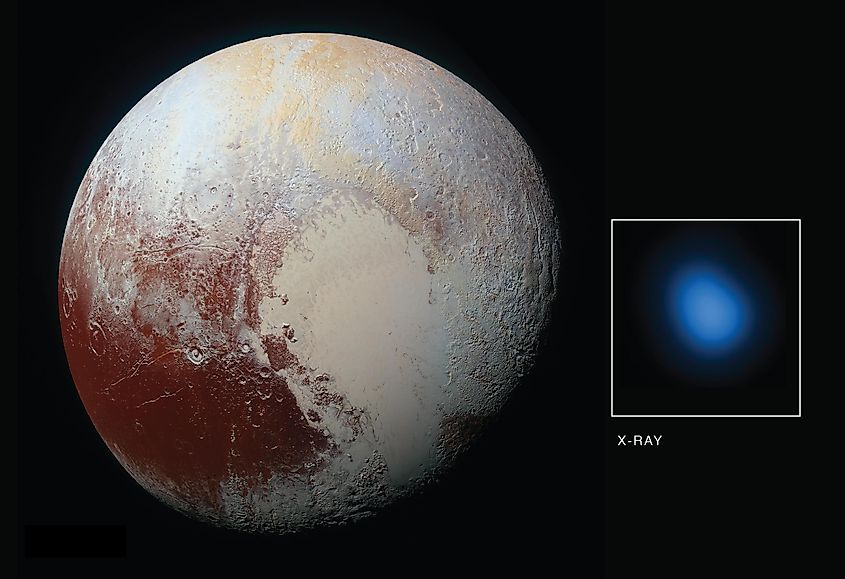
The discovery of the volcanoes shows that Pluto likely has an internal heat source, which at one point caused nitrogen and methane to erupt to the planet's surface. A small planet such as Pluto should have already lost most of its internal heat. A new analysis also suggests that the volcanoes on Pluto are still active. This suggests that liquid water or something similar runs under the dwarf planet's surface.
The fact that the dwarf planet has enough heat to facilitate this type of geological activity so recently is surprising. It suggests that Pluto's interior has more heat than previously believed. Scientists aren't sure what could have provided the heat needed for the icy volcanoes, but it raises the possibility of life existing beneath the planet's surface.
Potential For Life

While scientists believed Pluto had a subsurface ocean in the past, the finding of ice volcanoes suggests this body of water could still be present. This liquid could even be quite close to the surface. The possibility of water or another liquid beneath Pluto's surface, makes the possibility of life in Pluto's subsurface more likely. The idea that Pluto has some sort of internal heat source also raises interesting questions about how habitable the dwarf planet is. However, there are still many challenges about the idea that life could survive on Pluto. Organisms would still need a source of continual nutrient to survive. The possibility of episodic volcanism, making heat and water variable, would make a challenging terrain for organisms to survive on.
Current and Future Research
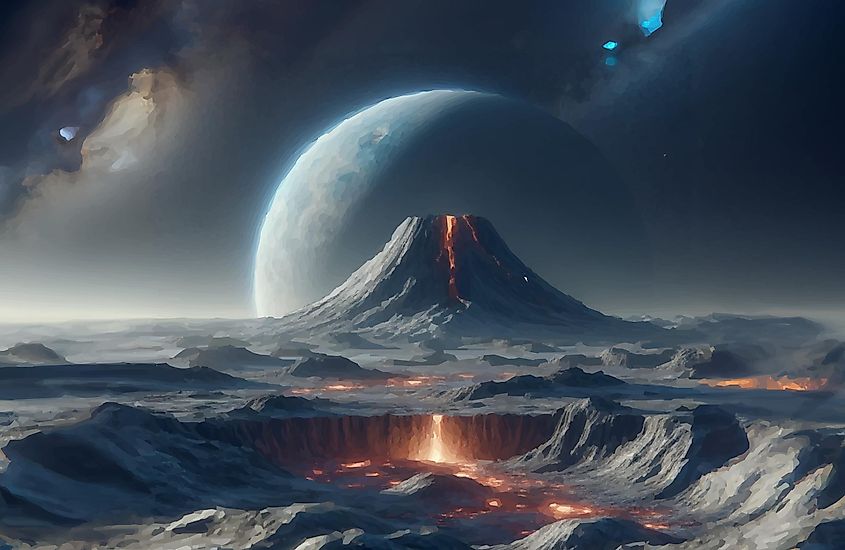
It is uncertain if the planet's ice volcanoes are still active today. Some volcanoes on Earth remain dormant and are active again many years later. Getting more answers about Pluto's surface will require more equipment and research. A future mission, using ice-penetrating radar could get a closer look at Pluto and see what the volcanoes look like inside. So far, the photos taken of Pluto's surface have been incredibly useful. Geologists used the photos to make a 3-D map of Pluto's surface which led to the discovery of the ice volcanoes.
The Takeaway
The discovery of the unusual giant ice volcanoes on Pluto is remarkable and a possible explanation for some of the planet's mysterious terrain. Underneath the Icey domes, research suggests that Pluto has an internal heat source. There also could be water running just under the planet's surface. This makes the potential for life on Pluto more likely. Scientists don't know if the ice volcanoes are still active, but the discovery of their existence is an exciting avenue to explore for future research.
